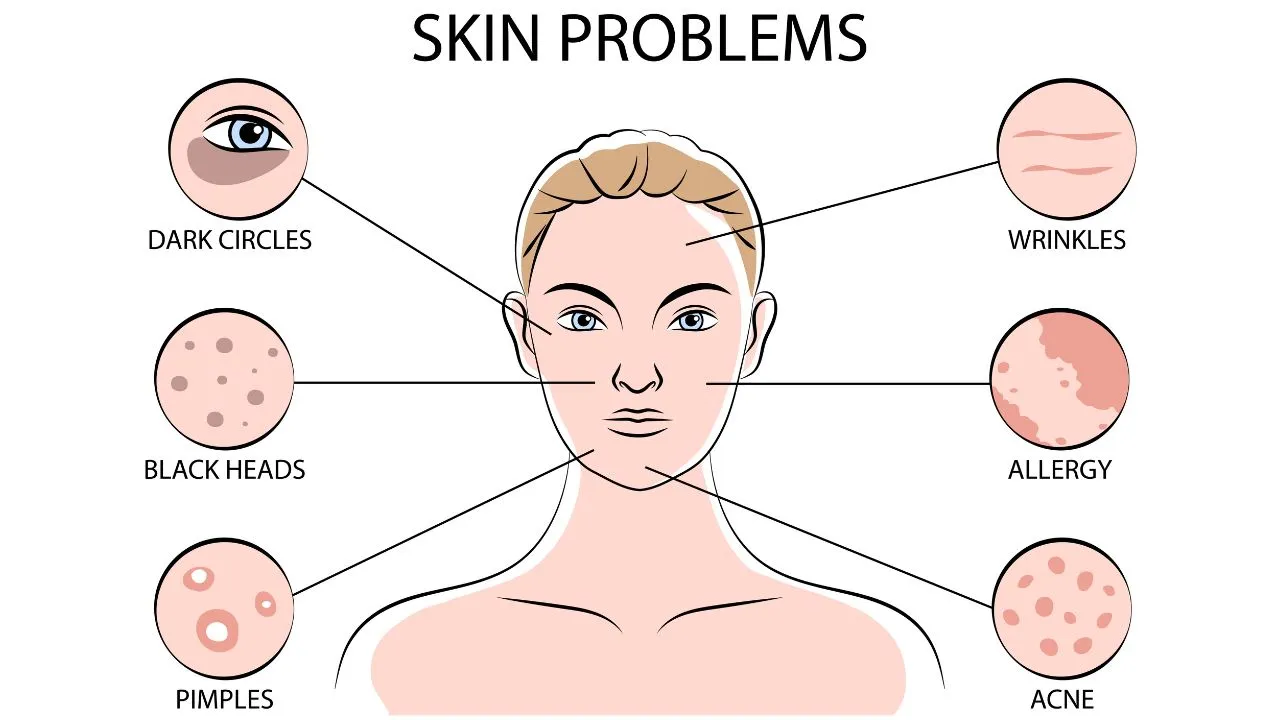Locate a skilled dermatologist for skin care treatment tailored to your needs.
Locate a skilled dermatologist for skin care treatment tailored to your needs.
Blog Article
Browsing Skin Cancer Cells Treatment: The Important Role of Mohs in Modern Dermatology Practices
Skin cancer, a difficult diagnosis, commonly leaves clients grappling with numerous therapy choices. As we check out the intricacies of this treatment, one will value its essential duty in skin cancer treatment.
Recognizing Skin Cancer Cells: Types and Dangers
Skin cancer cells, a potentially serious malady, is far extra prevalent than lots of people understand. This disease, caused by the unrestrained growth of abnormal skin cells, mostly arises from DNA damages as a result of direct exposure to the sunlight and ultraviolet (UV) light. There are 3 major kinds of skin cancer cells: Basic cell carcinoma, Squamous cell carcinoma, and Cancer malignancy. While the previous 2 are much less dangerous and comprise the majority of identified situations, melanoma is the most dangerous. It accounts for only concerning 1% of skin cancer situations yet triggers the huge bulk of skin cancer fatalities - skin cancer. Risk variables consist of fair skin, background of sunburn, too much sunlight exposure, living at high elevations or shut to the equator, having many moles, a family history of skin cancer cells, and weakened body immune system.
What Is Mohs Surgical treatment and How It's Revolutionizing Skin Cancer Cells Treatment
In spite of the various therapies currently readily available for skin cancer, Mohs surgical procedure sticks out as a groundbreaking and highly reliable option. Named after Frederic E. Mohs, the physician that created the treatment, Mohs surgery is a precise medical technique used to deal with skin cancer. During the treatment, thin layers of cancer-containing skin are considerably eliminated and analyzed up until only cancer-free cells remains. This approach allows the doctor to confirm that all cancer cells have actually been gotten rid of at the time of surgical procedure. This level of accuracy, integrated with the capacity to save as much healthy cells as possible, is reinventing skin cancer cells treatment. Therefore, Mohs surgery has actually become a foundation of contemporary dermatology techniques.
The Advantages of Mohs Surgery Over Conventional Skin Cancer Cells Therapies
Building on the innovative nature of Mohs surgery, it's critical to consider its many benefits over conventional skin cancer cells treatments. Unlike common procedures, Mohs uses a higher remedy price, frequently reaching 99% for first-time treatments and 94% for recurring cancers. This precision click resources is because of its unique strategy of progressively removing and examining tissue layers up until just cancer-free cells stay (skin cancer). In addition, it decreases damages to healthy skin, leading to less scarring and boosted cosmetic outcomes. Mohs likewise offers prompt results, eliminating the anxiety-ridden delay common with various other techniques. It's economical, as the surgery and tiny examination occur simultaneously, eliminating the demand for additional lab solutions. Thus, Mohs stands for a significant improvement in skin-related practices.
The Procedure of Mohs Surgical Procedure: What to Expect During the Refine

Possible Negative Effects and Post-Operative Care of Mohs Surgery
Going through Mohs surgery, like any type of other procedure, includes possible negative effects that people need to understand. Typical side results consist of discomfort, wounding, and swelling at the surgical treatment website. Nonetheless, these are usually momentary and workable with non-prescription pain medicine and ice packs. In rare cases, individuals might experience infection, blood loss, or a sensitive response visit the site to the neighborhood anesthetic. Post-operative care is essential to healing and lessening side results. This typically involves keeping the wound clean and dry, taking prescribed click here to find out more medications, and avoiding difficult tasks. Individuals must additionally go to all follow-up consultations for injury treatment and tracking. In many cases, extra treatments may be necessary to ensure complete elimination of the malignant cells. Sticking to these post-operative treatment guidelines can considerably improve healing and outcomes.
Conclusion

Report this page